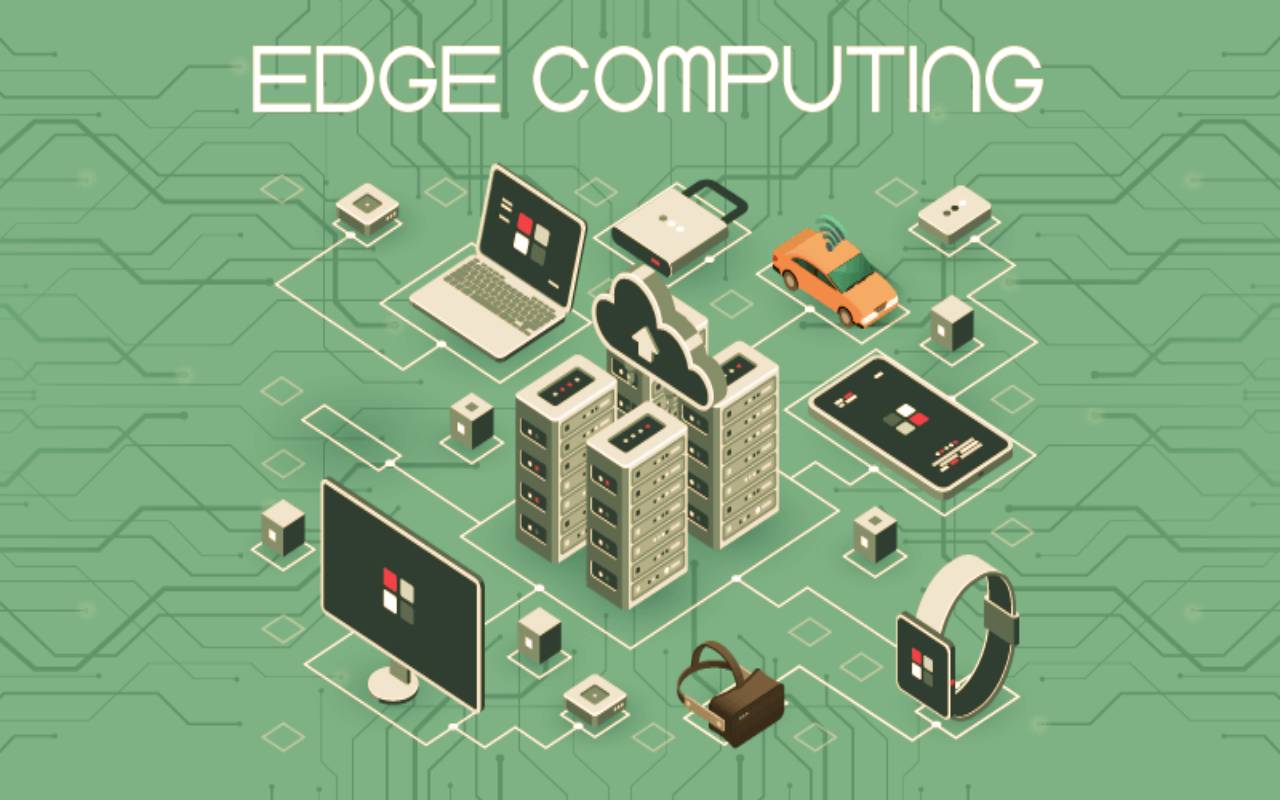What is Edge Computing?

Definition
Edge computing is about lightening the burden of processing in the cloud and being part of that work “locally”: on the IoT devices themselves.
Why “Edge Computing”
The typical operation of the Internet of Things was, and is, to collect data from different devices – sensors, in most cases – and send them to the cloud for further processing. For example, temperature sensors that send their data to a cloud-hosted application that, by calculations, determines how to regulate an intelligent thermostat.
However, this is a model that seems inefficient if we increase the scale considerably. When the predictions of the more than 30,000 million connected devices are fulfilled – predictions that date between 2020 and 2021, that is, tomorrow – the processing needs will be huge. So much so that if everything continues to work the same, it will be less and less efficient.
This is why the concept of Edge computing arises. It is about lightening the burden of processing in the cloud and being part of that work “locally”: on the IoT devices themselves. In this way, we will not only be lightening the load of the servers but also allows the analysis of important data in real-time, something critical in industries such as health, telecommunications or the financial industry.
This concept implies that the connected devices and sensors must necessarily be more complex. Instead of being a disadvantage, it is an advantage when enjoying greater immediacy.
Another intermediate route is possible. Instead of having complex connected devices, the industry could have processing nodes in its facilities that avoid the intermediate passage to the cloud. This would be the natural place of Edge computing. There the critical data for the business would be processed without having to access the cloud, but doing so in the “fog”. The concept, in itself, is self-explanatory. If the cloud is far, the fog surrounds us.
By ordering terms, Edge computing is the processing on the “edge”, on the connected devices themselves or on specialized nodes, but physically close. The nodes of this network could be any devices with network connectivity, computing, and storage capacity.
Of course, Edge and fog computing are two separate things. The first refers to how the processes are carried out in IoT devices with analysis capability; the second refers to the connections between the edge devices and the cloud. But everything connects in an intuitive way.
This is one of the most realistic short-term solutions for many reasons. One of them is that it is increasingly easier to obtain devices with processing capacity at a lower cost. Another is that with this conception the latency is reduced, less bandwidth is consumed and the results and analysis are immediately accessed. On the other hand, security is a decisive factor. The more Edge nodes there are, the less data we have in the cloud and the less vulnerable is that environment.
Also Read : The Future Of DevOps
